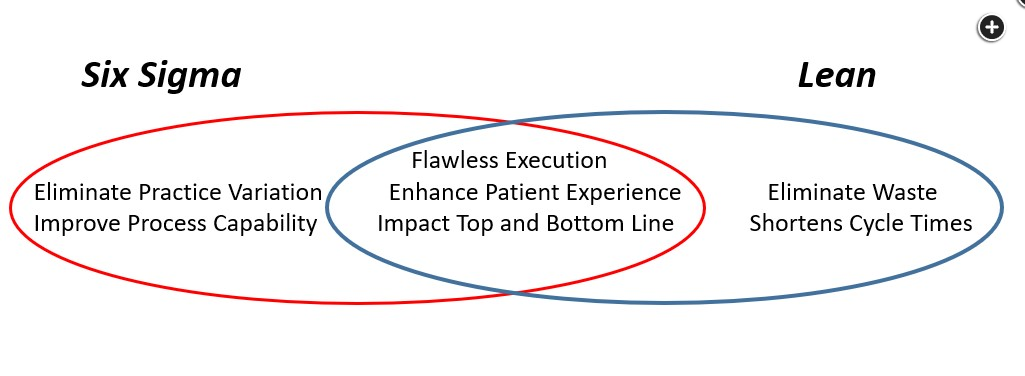six sigma and lean
- related: General Medicine
- tags: #literature #pulmonology

The Centers for Medicare & Medicaid Services developed a quality metric designed to reduce all-cause, unplanned readmissions within 30 days of a hospitalization for COPD. The intent is to encourage facilities to implement broad-based initiatives that would encompass more than what can be captured by individual process-of-care measures. The 30-day all cause readmission after a discharge for COPD is intended to account for patient severity of illness at the time of index admission by using a risk adjustment and is also intended to guide facilities as they compare their performance with that of other institutions. This outcome metric is also publicly available with the intent of providing patients with information that could guide their health care choices. Data available in 2022 reveal a national average 30-day all-cause COPD readmission rate of 19.8%. Of note, approximately half of all readmissions are unrelated to COPD. Lean and Six Sigma are both quality improvement tools that share some features but also differ in other aspects.
Lean methodology focuses on eliminating waste and shortening cycle time. In quality improvement science, value = quality ÷ cost. Efforts at reducing cost or increasing quality can both raise the value of health care. Components of Lean methodology involve exploring all steps in the delivery of care and eliminating those that do not contribute to quality improvement or cost reduction. Lean is all about eliminating waste and unnecessary steps. Reducing the steps also shortens the cycle time and may translate into shorter hospital stays for patients (choice D is correct).
Both Lean and Six Sigma share goals of flawless execution of tasks and enhancing the patient experience that can both improve quality of health care and reduce costs (choices A and B are incorrect). The name “Six Sigma” comes from the statistical bell-shaped distribution of a population or group, where one sigma represents one SD from the mean. The concept of reducing variations to the degree of the sixth sigma is effectively eliminating variations that can cause errors or defects. When applied to health care, the goal is to reduce unnecessary care practice variation that could result in a medical error or suboptimal care (choice C is incorrect). A graphic display is outlined in Figure 1.1